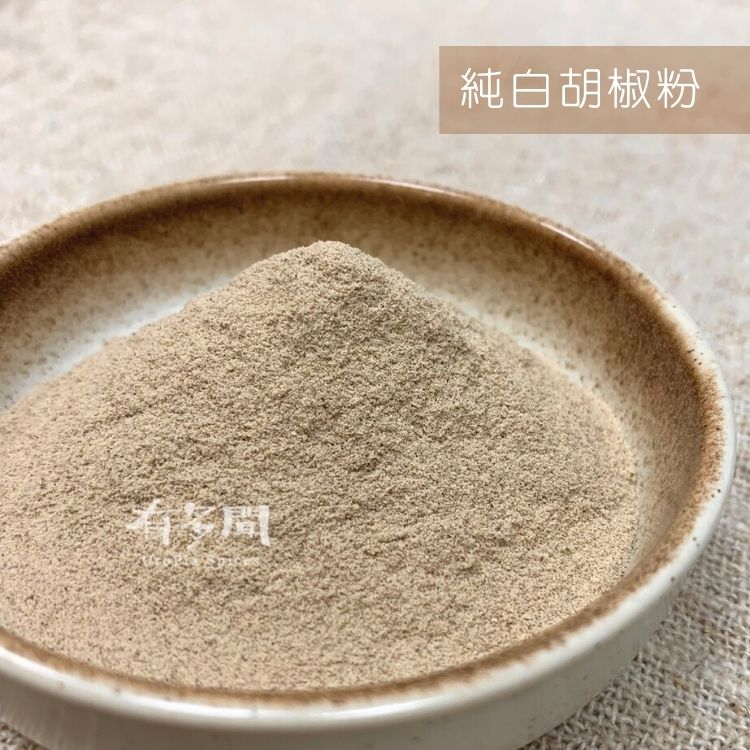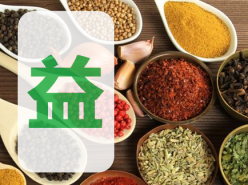
White peppercorns are made from ground white peppercorns. White pepper and black pepper come from the same plant, but white pepper is produced through different processes.
Feature:
Appearance: Fine white powder.
Production process: Remove the pepper fruit, remove the outer peel, and then ferment and dry. Finally, the dried white peppercorns are ground into powder.
Smell:
White pepper has a milder flavor than black pepper, but still has a spicy kick.
Due to the peeling, white pepper lacks some of the fruity and piney flavor of black pepper.
Origin:
Indonesia. Pepper is native to southern India and Sri Lanka, but is now grown in tropical regions around the world.
Major producing countries include India, Indonesia, Malaysia, Vietnam and Brazil.
Cooking dishes:
Light dishes: Because the color of white pepper is relatively subtle, it is often used in dishes where you want to keep the color light, such as white sauces, fish soups, or cream stews.
Asian Cuisine: In many Asian dishes, especially Chinese and Thai dishes, white pepper is one of the main seasonings.
Seafood: White pepper is often used to season fish and other seafood because its flavor is subtle and does not overpower the natural flavors of the ingredients.
Pickles and Sauces: White pepper is also commonly used in a variety of pickles and sauces.
Applicable dishes:
Four God Soup, Pepper Pork Belly Soup, Radish Pork Ribs Soup, Peeled Chili Chicken Soup, White Pepper Milk Sauce, Yuzu Pepper Sauce Salad, Creamy White Pepper Crab, Fried Rice Noodles, Salty Porridge, Fried Chicken, Assorted Fried Rice, Grilled Fish Chin
**When using white pepper, it is recommended to add it as late in the cooking process as possible to retain its best flavor. Avoid prolonged cooking as this may cause it to lose its flavour. Additionally, white pepper should also be stored in a cool, dry place away from light and moisture.
